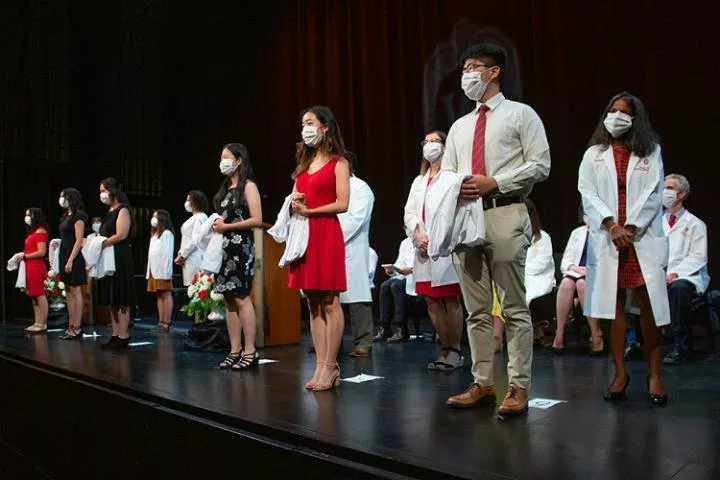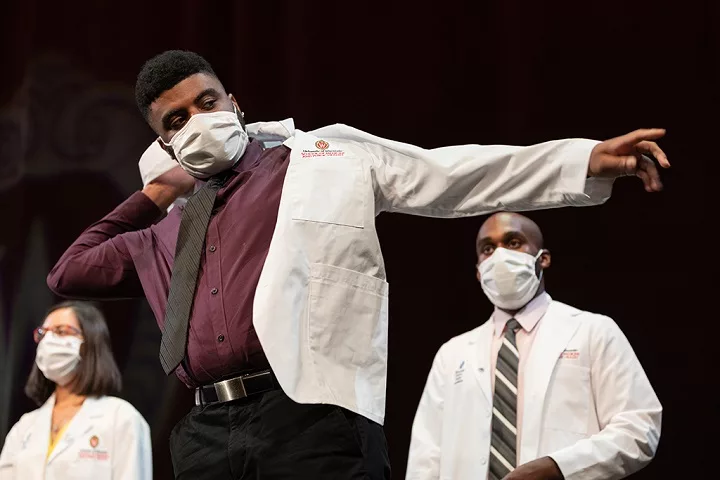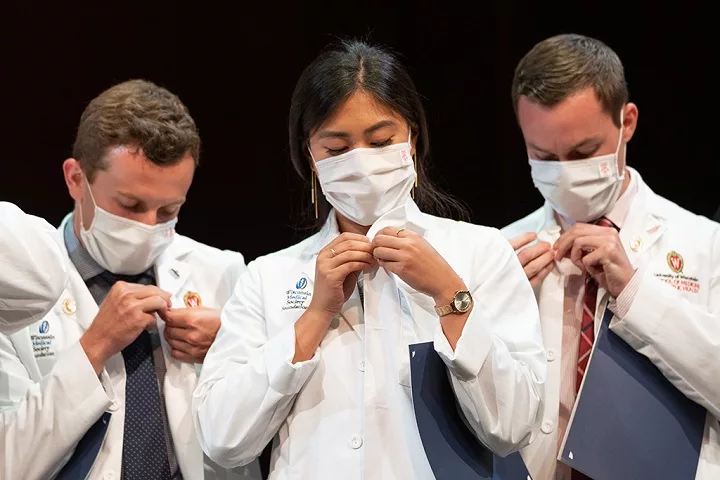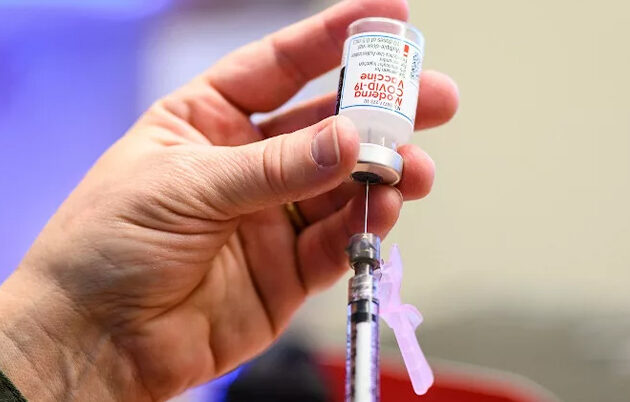“You have followed many unique paths to arrive here, and we are grateful to have such a diverse group with a rich array of backgrounds, experiences, and talents,” Golden told the new students. “All of you contribute to the diverse melting pot that enhances not only our school, but the practice of medicine.”
Golden’s closing advice to students: first, to purposely explore areas of medicine that you don’t think will end up being your passion; and secondly, to come together as a class.
“There’s always the chance you might change your mind, and no matter what you pursue, you will benefit from the broader, more complete perspective you will gain,” he said. “The process of gaining acceptance into medical school is very competitive, and at times individual achievement receives more attention than collaborative teamwork. I know you will follow the school’s tradition of coming together as a class, supporting and helping each other.”
Prior to medical school, students excelled as athletes, musicians, volunteers, and researchers. Many are fresh from their undergraduate years, while others began careers, served in the armed forces, or started families before pursuing their passion for medicine.
First-year (M1) student Ashley Portillo Recinos has the honor of achieving many firsts for her family: The first to graduate high school, earn an undergraduate degree, and begin medical school.
Born and raised in Los Angeles, California, she graduated from the University of California, Santa Barbara in 2018 and worked as a research coordinator. She says she knew she wanted to become a physician from an early age. When she was 10 years old, her grandmother was visiting from Central America and Portillo Recinos’ mother thought she looked ill. A trip to the doctor revealed a diagnosis of blood cancer.
She spent many of her pre-teen years watching her grandmother and family struggle to access medical care, often going to the hospital alone with her grandmother. Portillo Recinos tried her best to translate complicated diagnoses and treatment plans and empower her grandmother to take an active role in her medical care.
“I saw how these issues affected my grandmother and how she struggled to understand her medical progress,” Portillo Recinos says. “I wanted to be of aid and knew it wasn’t just my grandmother who was having trouble. I knew I needed to be the change myself. Since then, the seed was planted.”
Although her grandmother passed away in 2010, Portillo Recinos’ experience sparked an interest in oncology and minority health and a passion for patient education and communication.
“I’ve had to pave much of my own way in my life, and I’m still doing that in medical school,” she says. “I am very excited that this is finally happening. Although I wanted to be a doctor since I was 10, it felt so far away, but now it’s real. It’s great to share this with my family. I am the oldest of four siblings so I am proud to be able to show them that, while it may be challenging, nothing is impossible.”
This year’s faculty speaker was Peter Newcomer, MD, MMM, professor of medicine and senior associate dean for clinical affairs. He talked with students about the trials and triumphs that mark a career in medicine and thanked them for stepping up to serve people in need.
Newcomer emphasized three critical qualities that students should strive to sustain: courage, compassion, and kindness.
“The courage to stand up and make a difference and say I am going to use my skills, intelligence, passion, and heart to make others’ lives better,” he said in his keynote address to students. “Compassion for the struggles and suffering of our fellow humans, and most importantly the kindness to act and try to improve the lives of those around you. During all the upcoming quizzes, tests, patient rounds, cram sessions, feedback sessions, and learning how to be a doctor you cannot lose those three things that brought you here today.”




